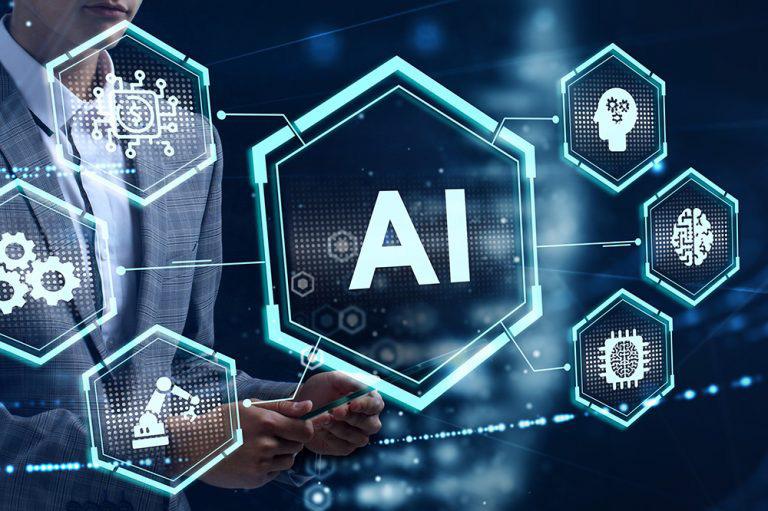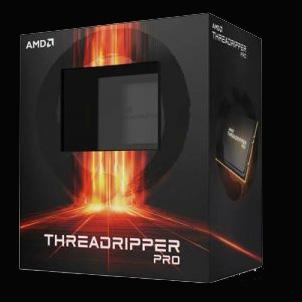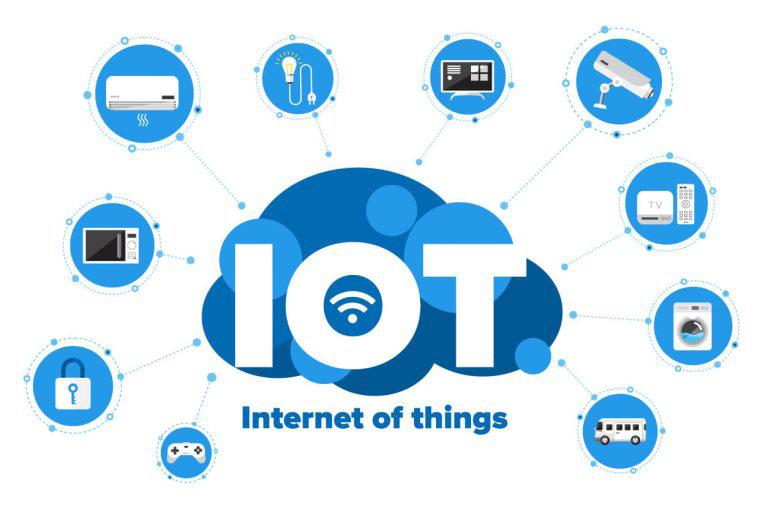
2 minute read
TECH TRENDS 2023
With the fi rst quarter of 2023 coming to an end, we wanted to consider what the rest of the coming months will bring. Smart digital technologies have the potential to change the way we work, do business, interact with employees as well as customers, and how we approach consumer hardware. This article will look at three potential trends that could become major factors this year, and the types of hardware best suited to meet that demand.
The Rise of Artifi cial Intelligence & Machine Learning
Advertisement
AI and machine learning are becoming more prevalent in both consumer and enterprise computing. Resellers could see some value in watching out for hardware designed to support these technologies, such as high-performance graphics cards and specialised processors.
GPUs are optimised for parallel processing and are commonly used for machine learning and AI tasks. GPUs from NVIDIA and AMD are popular choices for deep learning and training neural networks, and choices will depend on the application. Large language models can be run with a lower spec GPU but if generative text-to-image model was the desired goal, then adding in a more powerful GPU, like the ASUS GeForce RTX 4080 TUF Gaming OC graphics card, would be essential to expedite the process. Paired with a CPU that has AI acceleration features like the AMD Ryzen Threadripper Pro 5995WX processor, users can experience top of the line performance as they explore machine-learning and AI.

There are more niche hardware components that can be quite useful in machine-learning applications, like Field-Programmable Gate Arrays (FPGAs) and AI development kits, but these are of less interest to resellers. FPGAs are hardware components that can be programmed to perform specific tasks, including AI, but are commonly used for edge computing and IoT devices. While AI development kits, such as those offered by NVIDIA and Google, are pre-built hardware platforms that are optimised for developing and deploying AI applications. These kits often include a combination of GPUs, CPUs, and specialised AI accelerators.
The Growth of Smart Home and IoT Devices
According to a Business Insider report, the continued growth of the Internet of Things (IoT) industry is going to be a transformative force across all organisations, and we can expect more than 41 billion IoT devices by 2027 compared to 8 billion just 2 years ago.

Smart home devices, such as smart thermostats, security cameras, and lighting systems, can be controlled using voice commands through smart speakers or smartphone apps. Many of these devices also utilise machine learning algorithms to learn user preferences and automate tasks; AI and machine learning are critical systems that are continually evolving to provide IoT users with the tools they need to parse mountains of data and quickly discern usable insights, while edge computing solutions are growing more central to IoT discussions and increasingly sophisticated as companies seek to reduce data transmission costs and lower latency.
While we aren’t backing any particular IoT devices in 2023, we are more vocal in our support for the for the technology that supports the infrastructure for IoT devices for different kinds of consumers. We are particularly enthusiastic about the benefits that AI-enabled storage has on video analytics, and have covered that more in this article.










